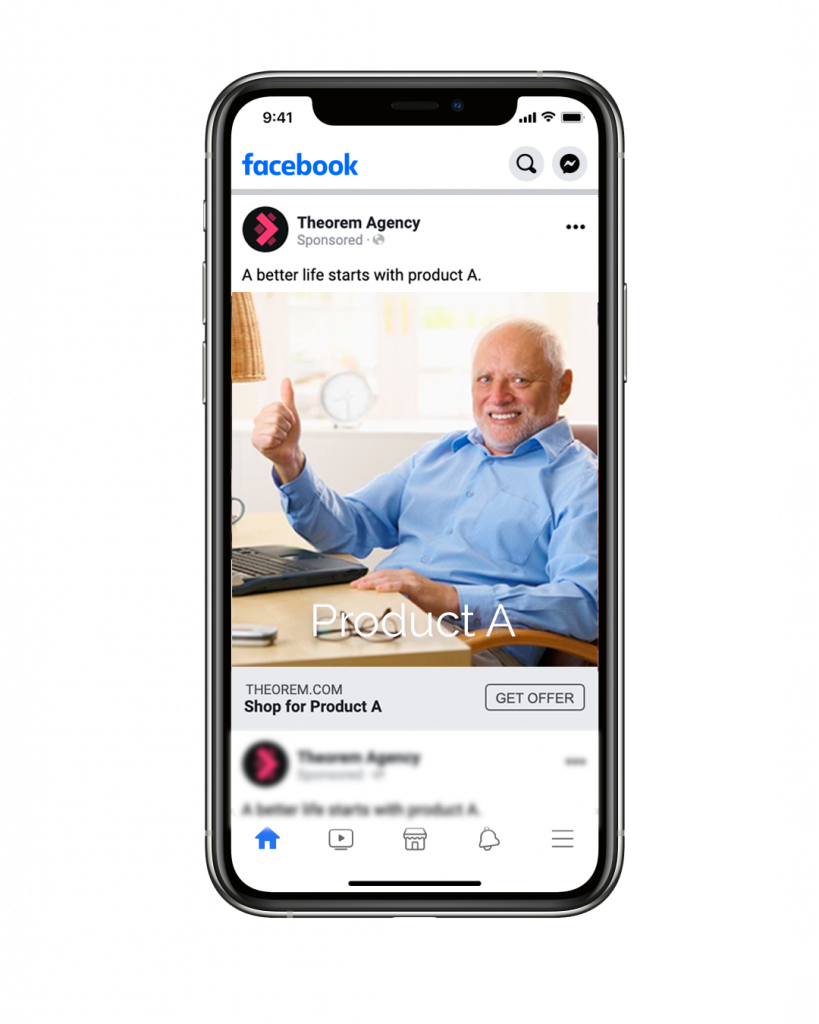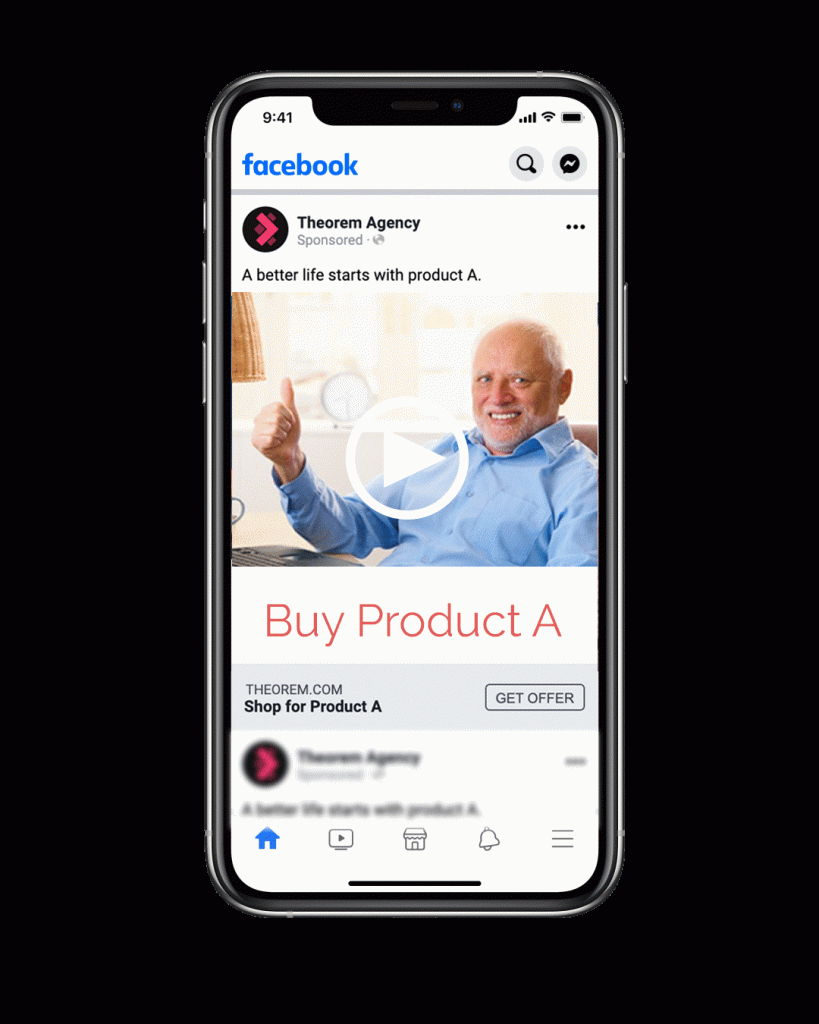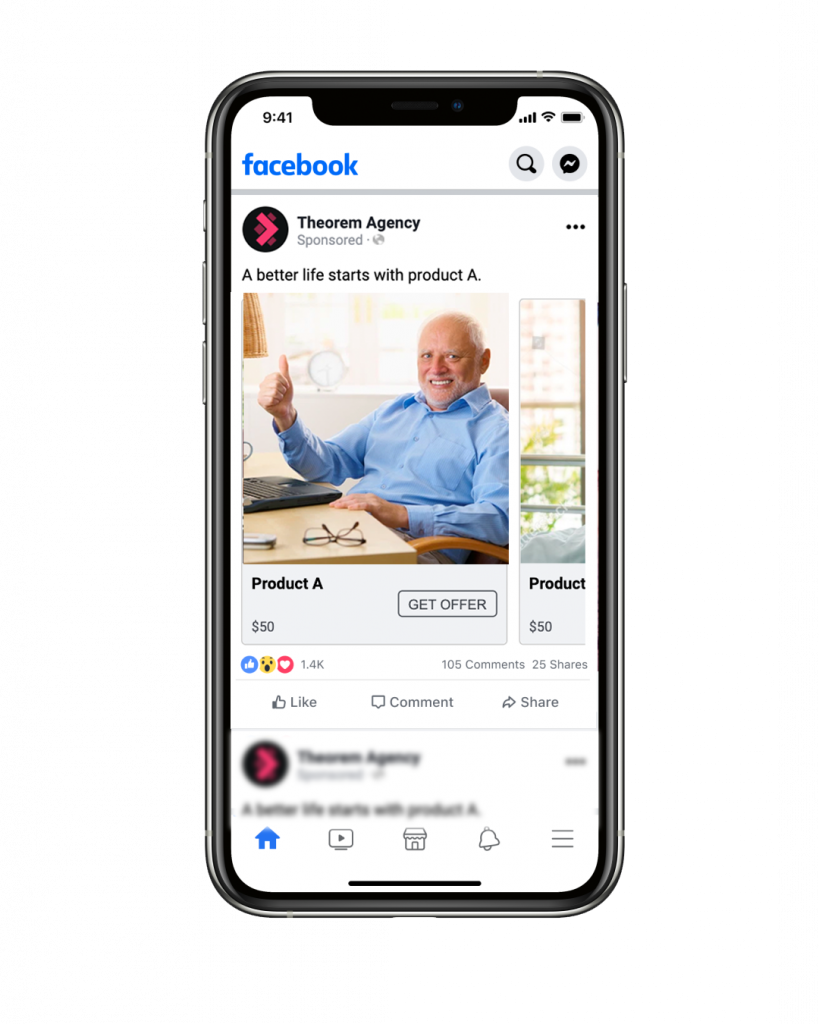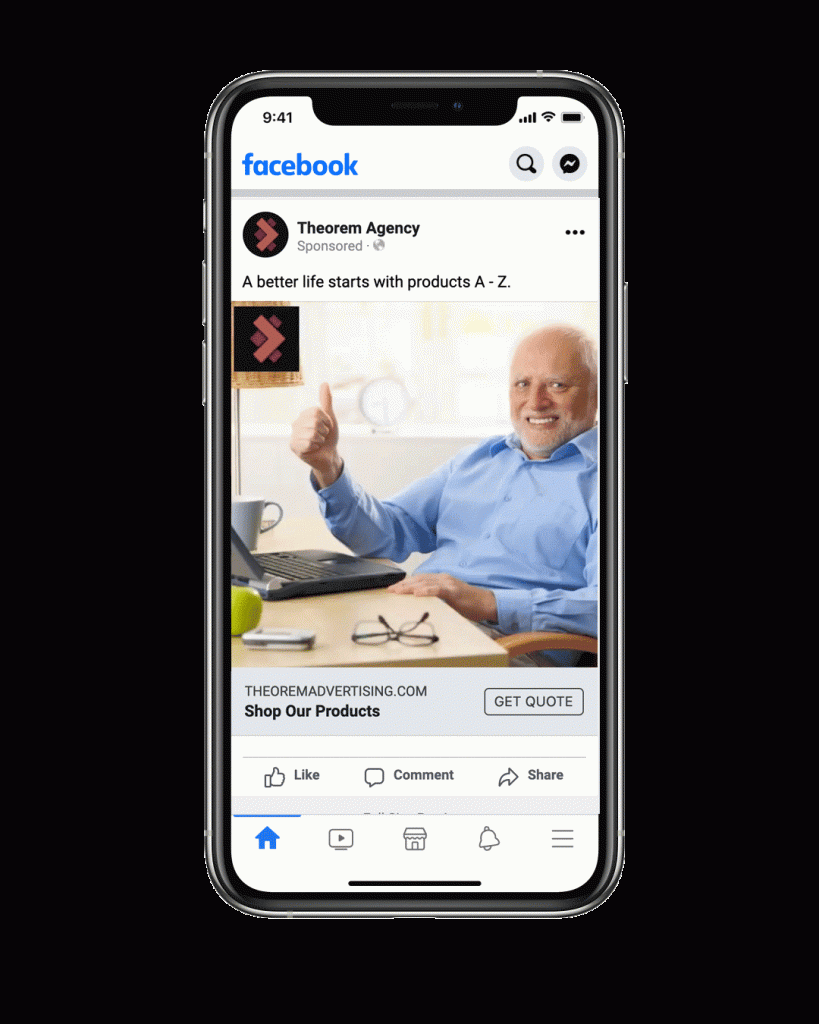When it comes to paid social advertising, they say creative is king. And there’s truth to that statement. Facebook’s algorithm is complex, but the general rule of thumb is that better creative, means better engagement – and better engagement plays a key role in lowering auction costs. The strategy of optimizing and testing creative is not new in digital marketing, but best practices and tools for execution are always changing.
According to Facebook, video is the most engaging content on the platform by far. So, if you’re looking for a quick win, video is a good place to start looking. But for many brands, producing video is expensive, time-consuming and relatively out-of-reach.
How to create short video content with ease.
Better creative is not just in the best interest of the advertiser, it’s also in Facebook’s best interests to keep users more engaged on the platform. And that’s why they started investing tremendous resources in recent years to better educate advertisers about how to make better creative, and tools to help them do it. Enter Facebook’s Video Creation Kit: a tool designed to help advertisers create short video content from static images in a matter of seconds. A few key benefits behind this feature:
- Adds motion / animated effects to help your static ads stand out more in the newsfeed.
- Expands storytelling capacity within ads, using text overlay and CTA options.
- Reduces production strain involved in creating custom video.
- Takes advantage of Facebook’s algorithmic preference toward video.
Adding motion to your creative can level-up campaign performance.
But does it work? We A/B tested several of these short video templates across a handful of clients last year, and saw some interesting results.
Test A: Images vs. Motion (Animated Templates)
Hypothesis: Adding moving elements to ads will improve engagement and conversion because the creative will stand out more in user’s feeds (and take advantage of Facebook’s video optimization).
Audiences: Retargeting Website Non-Converters

Control: Static Image

Test: Motion Video Template
What we found:
Results confirmed the assumption that animated video can support improved engagement and, as a result, help lower cost per conversion – despite using the same base imagery and messaging.
- Ads with motion had a 70% higher click-through-rate.
- Ads with motion had a 6% lower cost-per-lead.
Test B: Product Carousel vs. Product Slideshow
Hypothesis: Showcasing a menu of products in carousel format would have a higher conversion rate than video slideshow because it allows users to self-select the product they are interested in.
Audiences: 2% Lookalikes

Control: Carousel (Static Images)

Test Variation: Video Slideshow
What we found:
Surprisingly, we observed that users exposed to the video slideshow were more likely to click the ad and visit the website. As a result, we observed an overall lower cost per acquisition compared to carousel ad formats.
- Slideshow ads had a 5.6% more efficient cost per conversion.
- Slideshow ads had a 14% higher click-through-rate.
Key Takeaways
We saw short video and “motion” ads improve engagement and conversion across a series of tests. And these results do appear relatively consistent across several clients and objectives, but there is always some variance to account for. In some instances, for example, we have observed stronger direct-response performance from static image ads lower in the funnel. Moral of the story – these results are promising, but we always suggest testing for yourself. Good news is that tools like Video Creation Kit or Canva make it easy to create and test video at any skill level.

